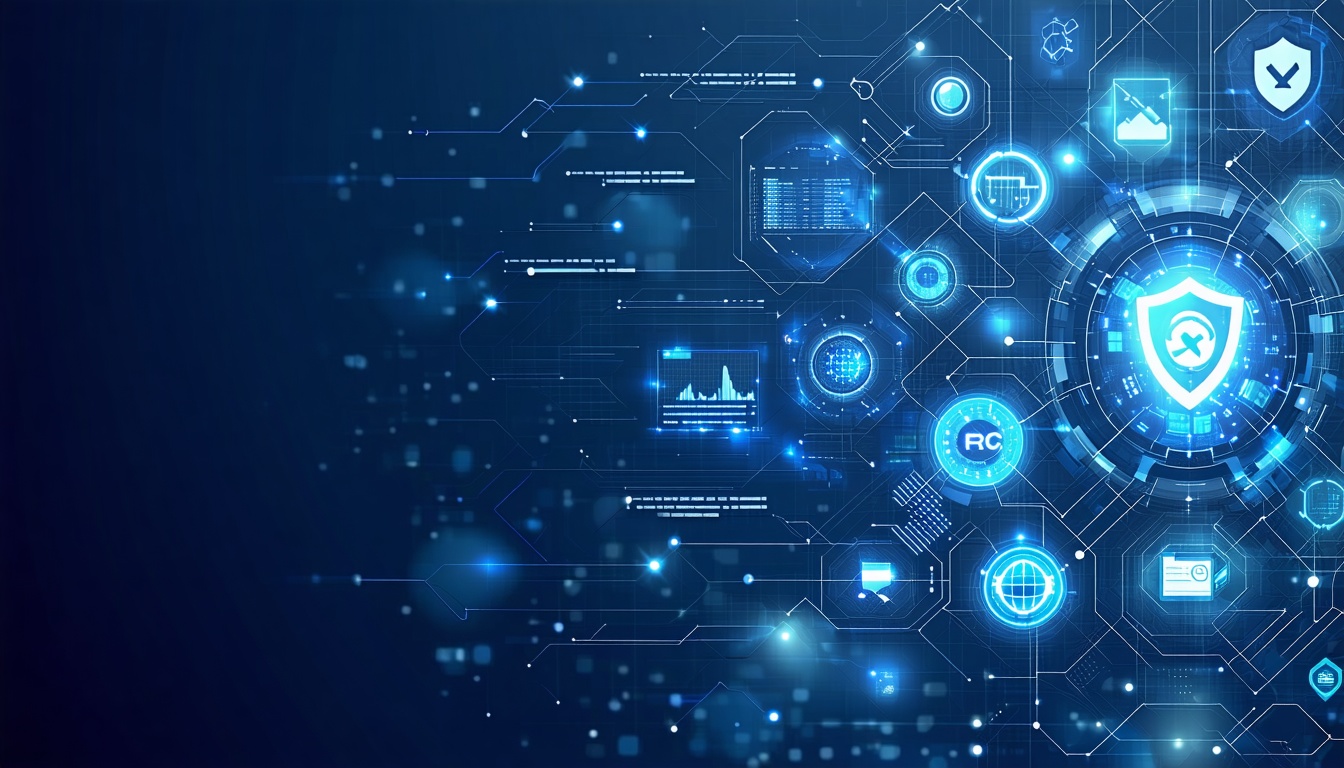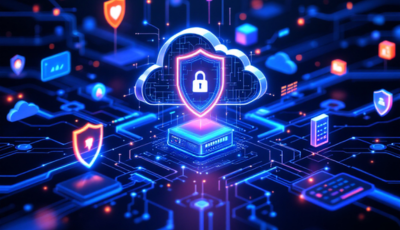Framing GRC Framework
A governance risk and compliance framework provides organizations with a structured model to align business objectives, risk management and regulatory obligations from the outset. Governance, Risk, and Compliance (GRC) establishes policies, processes and tools that support strategic decision-making without sacrificing accountability. In this scenario, IT leaders can unify oversight across departments while adapting to evolving threats and regulations.
Defining Governance Risk And Compliance
GRC rests on three interrelated pillars:
- Governance
Establishes organizational policies, decision rights and accountability. It defines roles for boards, executives and process owners to steer operations toward strategic goals (AWS). - Risk Management
Identifies, assesses and mitigates financial, operational, security and strategic risks through continuous monitoring and response workflows (Secureframe). - Compliance
Ensures business activities adhere to applicable laws, industry regulations and internal standards. It covers frameworks such as GDPR, HIPAA and SOC 2 to avoid fines and reputational damage.
Evolution Of GRC Programs
The concept of GRC emerged in 2007 when the Open Compliance and Ethics Group (OCEG) introduced a capability model to handle interdependencies among governance, risk and compliance functions (TechTarget). Initially confined to finance and auditing, GRC evolved into comprehensive platforms that automate data collection, reporting and corrective actions. Today, organizations leverage integrated solutions to break down silos, boost efficiency and gain real-time visibility into performance and risk posture.
Core GRC Components
A modern framework weaves governance, risk management and compliance into coordinated processes. Each component offers specific benefits:
Governance
- Establishes policies, rules and frameworks to achieve mission, vision and values
- Defines stakeholder responsibilities and decision rights
- Guides ethics, cyber risk and enterprise risk management
- Aligns data governance best practices with corporate strategy
Risk Management
- Monitors day-to-day technical and strategic risks
- Conducts enterprise risk assessments and predictive analyses
- Automates issue tracking and third-party risk evaluation
- Integrates with cybersecurity grc for holistic protection
Compliance
- Maps regulatory requirements to internal processes
- Automates audits, evidence collection and reporting
- Manages policy attestations and remediation tasks
- Utilizes it compliance services to streamline assessments
Building GRC Framework
Developing an actionable framework involves four critical phases. Let’s break that down.
Assessing Organizational Needs
- Inventory current GRC capabilities and gaps
- Identify key stakeholders across IT, legal, finance and operations
- Prioritize objectives, such as reducing audit findings or improving risk visibility
- Define scope for pilot projects and enterprise-wide rollout
Establishing Governance Structure
- Form a cross-functional steering committee
- Document policies, standards and escalation procedures
- Assign data ownership and reporting roles
- Align with data governance process to maintain quality
Activating Controls And Processes
- Implement automated workflows for risk assessments and policy attestations
- Configure alerts and dashboards for real-time monitoring
- Integrate with existing ERP, IAM and security tools
- Partner with a trusted grc consultant to optimize configurations
Maintaining And Improving Framework
- Schedule regular audits and control reviews
- Update processes in response to regulatory changes
- Conduct employee training and awareness programs
- Leverage feedback loops to refine metrics and workflows
Measuring GRC Maturity
Tracking how integrated and efficient a framework is helps organizations gauge progress and prioritize improvements.
Maturity Levels And Benefits
Table 1: GRC Maturity Levels
| Maturity Level | Description | Benefits |
|---|---|---|
| Initial | Ad hoc processes, limited coordination | High manual effort, siloed reporting |
| Defined | Documented policies, basic automation | Consistent workflows, fewer compliance gaps |
| Managed | Integrated tools, centralized dashboards | Real-time visibility, faster risk response |
| Optimizing | Continuous improvement, predictive analytics | Cost efficiency, proactive risk mitigation |
High maturity correlates with reduced operational costs and effective risk mitigation (AWS).
Key Performance Indicators
Common KPIs for GRC programs include:
- Number of audit findings and time to remediation
- Percentage of controls automated
- Frequency of risk assessments completed
- Compliance incident rates and fines avoided
- Stakeholder satisfaction with reporting accuracy
Overcoming Implementation Challenges
Even the most well-planned frameworks can stall without proper change management and oversight.
Common Barriers
- Siloed departments hampering cross-functional collaboration (INRY)
- Excessive manual processes leading to inefficiency and error
- Lack of clear accountability and governance culture
Best Practices For Adoption
- Secure executive sponsorship to reinforce governance culture
- Embed compliance into everyday workflows rather than as a stand-alone task
- Standardize processes and documentation across business units
- Provide ongoing training and designate internal champions
- Use a phased rollout to demonstrate early wins and build momentum
Integrating With IT Operations
Alignment with broader IT initiatives ensures that GRC adds value without creating bottlenecks.
Cybersecurity Integration
A robust framework incorporates cybersecurity risk assessments into daily operations. Real-time monitoring tools feed vulnerability and threat intelligence into the GRC dashboard for faster response.
Data Governance Alignment
Data quality and compliance are inseparable. Organizations may consider linking GRC controls with data governance and quality and data governance and compliance programs to ensure data integrity, privacy and audit readiness.
Conclusion And Next Steps
A modern governance risk and compliance framework transforms scattered processes into a unified model that supports enterprise resilience and strategic agility. By defining clear policies, automating assessments and measuring maturity, organizations can reduce risk exposure, streamline audits and foster a culture of accountability. Achieving this requires coordinated leadership, cross-functional collaboration and a commitment to continuous improvement. With the right structure and tools in place, IT decision-makers can ensure their GRC program evolves in step with business needs and regulatory landscapes.
Need Help With GRC Implementation?
Need help with governance risk and compliance framework implementation? We can assist organizations in identifying requirements, evaluating solution providers and designing a tailored roadmap. Our team leverages industry expertise to match your objectives with best-fit technologies and services. Connect with us today to explore how to accelerate your GRC journey and strengthen risk resilience.





